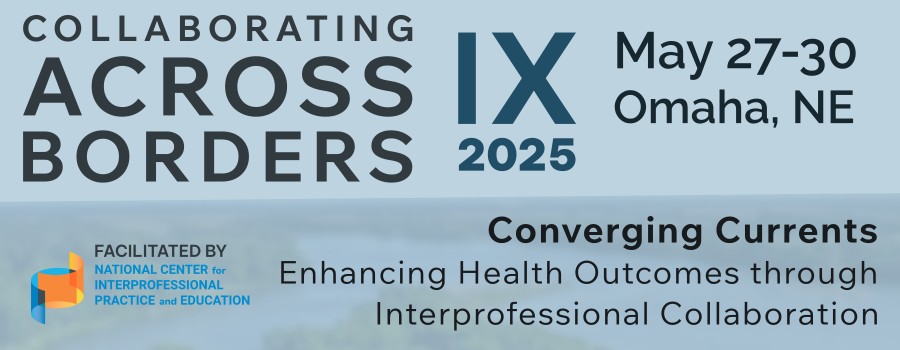Mini-Workshop
Developing Sustainable Interprofessional Simulations Using the Flexible Learning Model
-
CDT
Room: Merchants
Track:
- Innovative Approaches to Interprofessional Pedagogy and Education Science
Faculty and course designers in interprofessional education recognize the value of simulation programs in developing learners' knowledge, skills and attitudes as well as enhancing team communication and collaboration (Kumar et al., 2018). These experts are also aware of the challenges in creating, implementing and sustaining interprofessional simulation programs (Berger et al., 2017). Researchers report various models that have been effective in ensuring that interprofessional programs remain embedded in professional curriculums. (Berger et al., 2017; Kumar et al., 2018). One model, the Flexible Learning Model (FLM) (Casey & Wilson, 2005) encompasses a continuum with five dimensions: time, content, entry requirements, instructional approaches/ resources, and delivery and logistics—which provide a framework for analyzing and adapting programs and courses for changing needs. This workshop will provide opportunities for participants to utilize the FLM to enhance sustainability of learner-centered interprofessional programs within their own institutions. Participants will exit the workshop with a tool kit of strategies and draft plan for implementation.Session outline with active learning strategies: The workshop will begin with polling participants to elicit information about current interprofessional programs at their institutions within the framework of the Flexible Learning Model (FLM). (5 minutes)
Next, the presenter will review the FLM, the characteristics of the model, and the five dimensions of flexibility. The presenter will illustrate how the FLM informs the development, evaluation, and sustainability of simulations offered by a university center for interprofessional practice and education. (15 minutes)
Participants will then reflect on and assess their own programs and begin to brainstorm a plan to implement the FLM at their own institution using a worksheet based on the FLM and created by the presenter and authors. The presenter will serve as consultant/mentor to guide participants’ thinking during this time. (25 minutes)
Participants will report out plans and findings (10 minutes)
Wrap-up (5 minutes)
Learning Objectives
- Identify key areas of focus for addressing sustainability for simulations in interprofessional education, based on the Flexible Learning Model
- Discuss sustainability strategies for different platforms and pedagogies
- Apply principles of the Flexible Learning Model to enhance sustainability of their own interprofessional education programs
References
- Berger, S., Goetz, K., Leowardi-Bauer, C., Shultz, J-H., Szecsenyi, J. & Mahler, C. (2017). Anchoring interprofessional education in undergraduate curricula; The Heidelberg story. Journal of Interprofessional Care., 31(2), 175-179. https://dx.doi.org/10.1080/13561820.2016.1240156
- Casey, J. & Wilson, P (2005). A practical guide to providing flexible learning in further and higher education. Quality Assurance Agency for Higher Education Scotland, Glasgow. Available online at: http//www. enhancementthemes.ac.uk/documents/flexibleDelivery/FD_Flexible_ Learning_JCaseyFINALWEB.Pdf
- Kumar, A., Ken, F., Wallace, E. M., McLelland, G., Bentley, D., Koutsoukos, A. & Nestel, D. (2018). Interprofessional education and practice guide No.9: Sustaining interprofessional simulation using change management principles. Journal of Interprofessional Care, 32(6), 771-778. https://doil,org/10.1080/13561820.2018.1511525.



